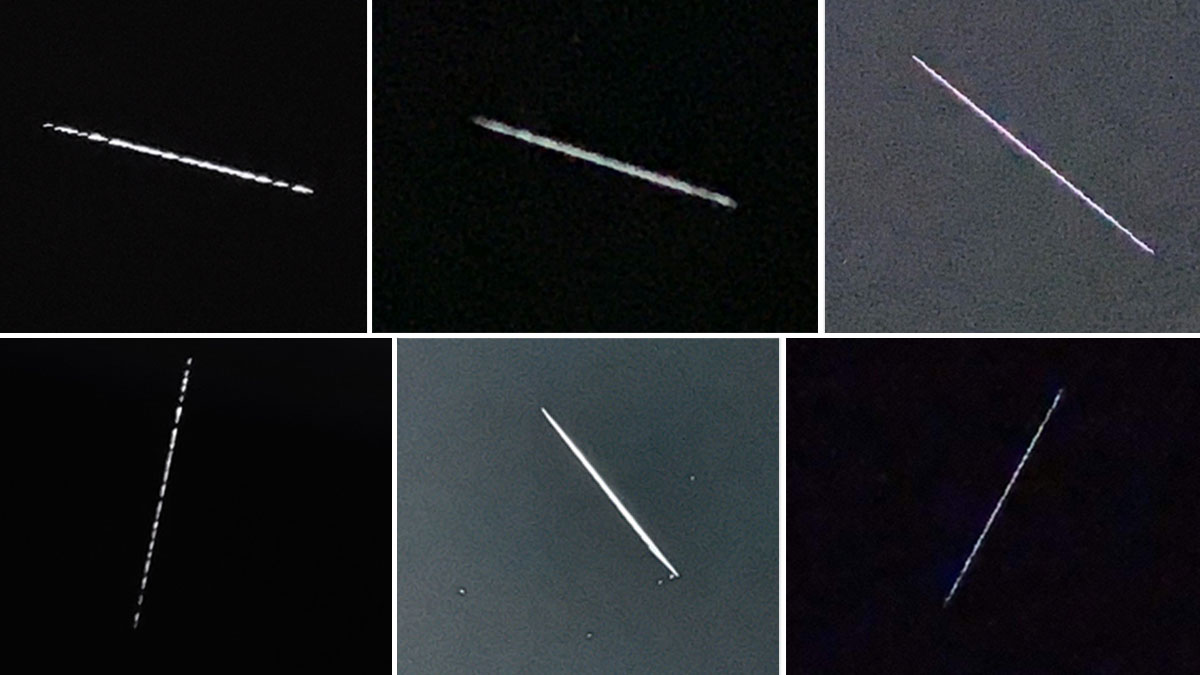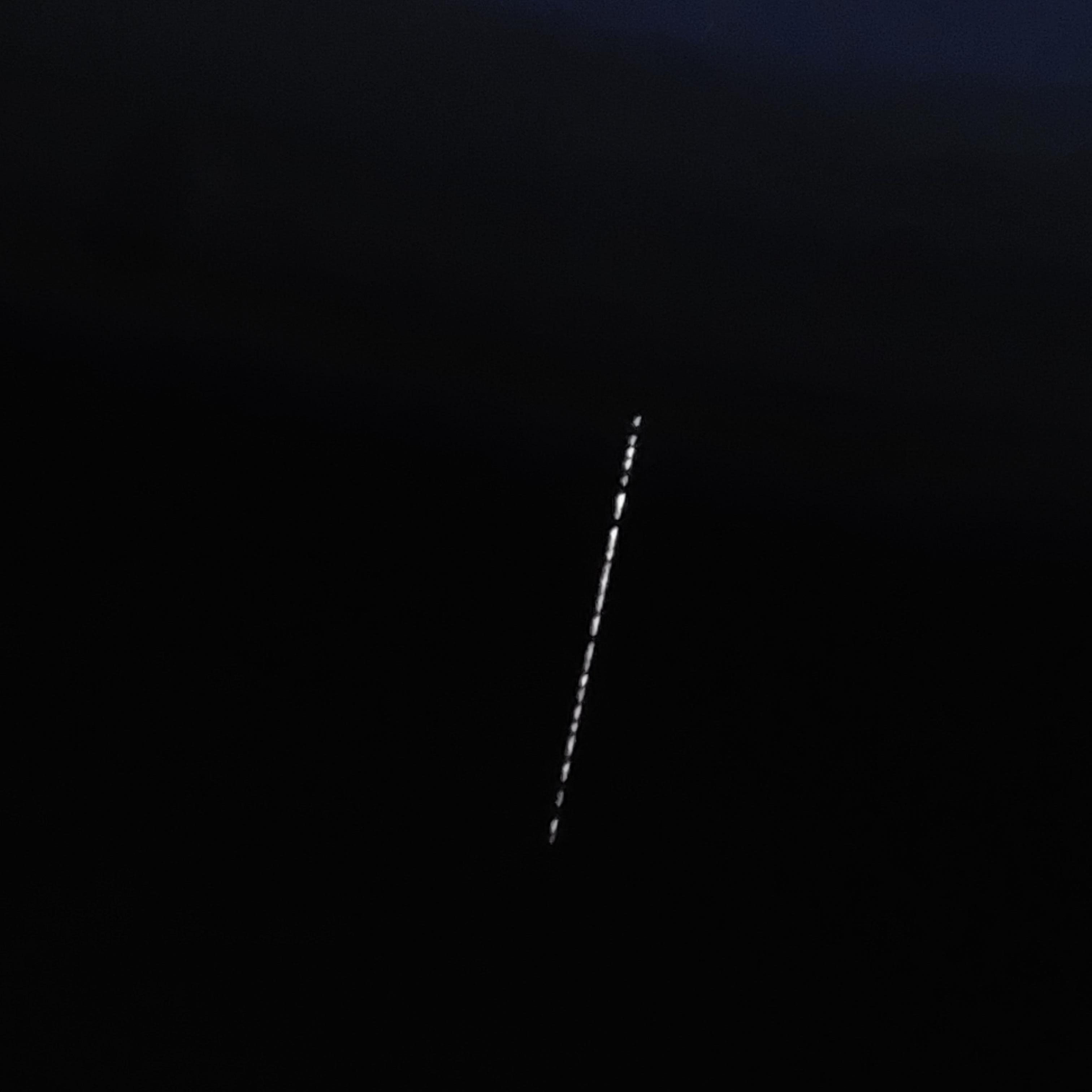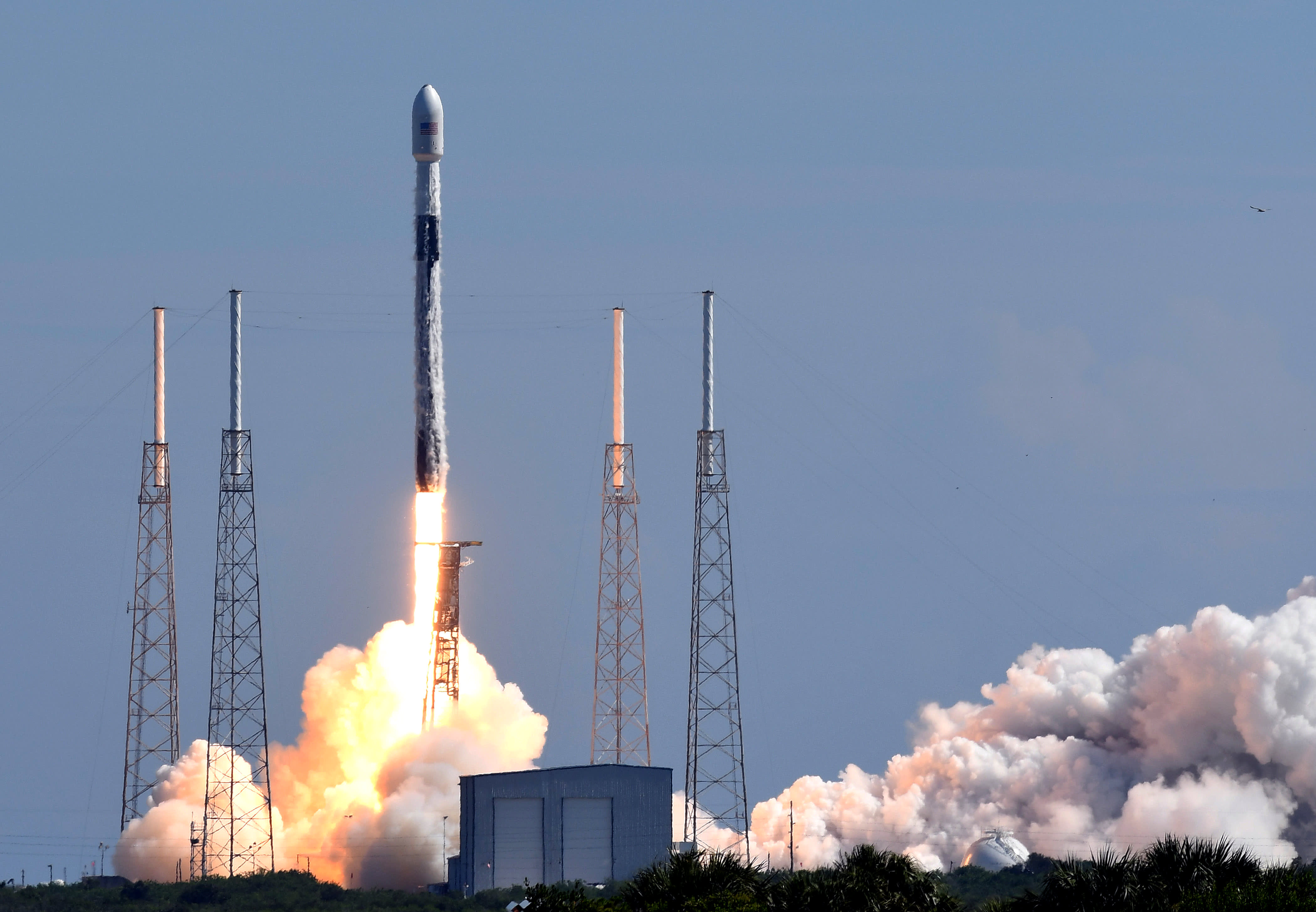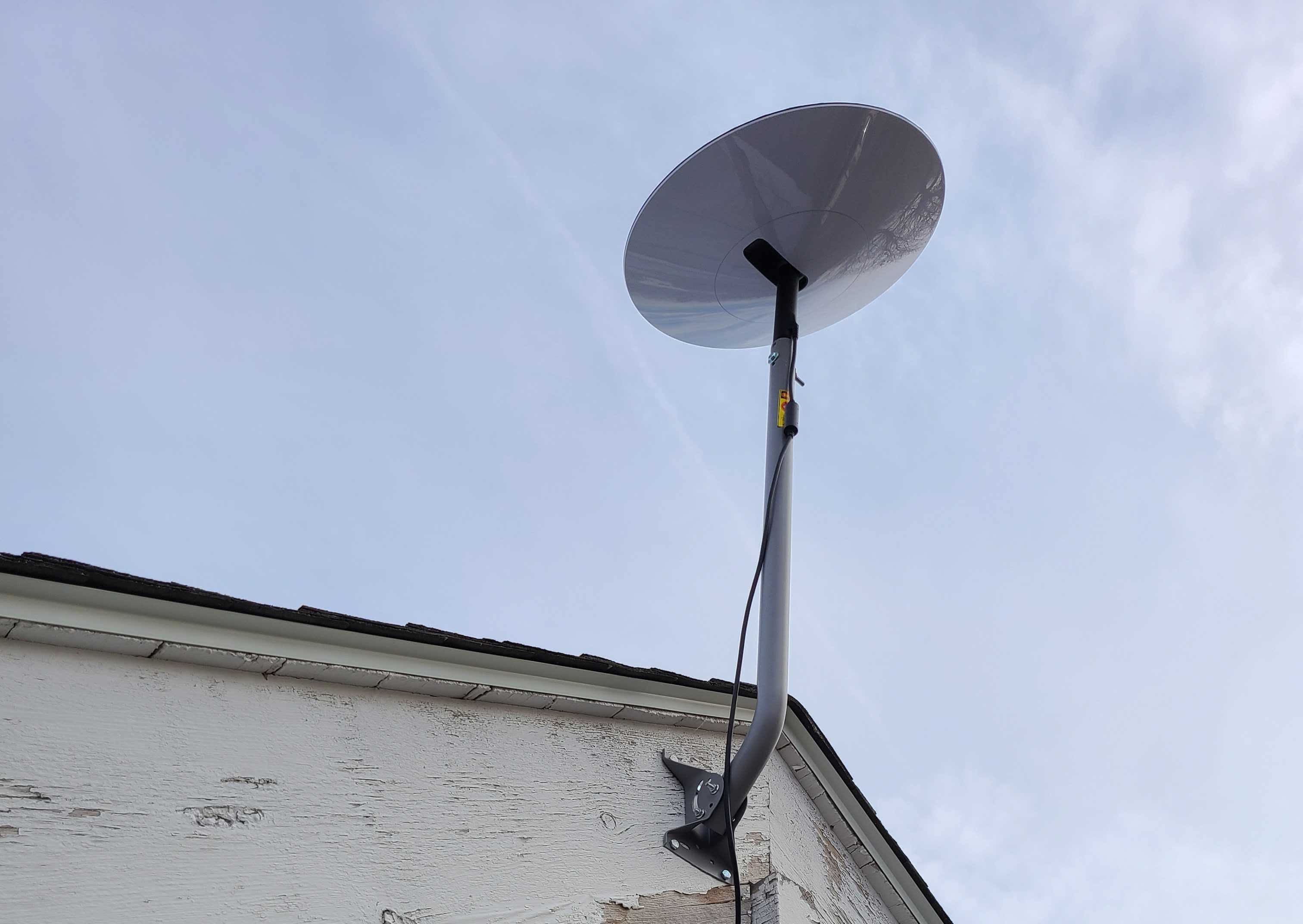No, it's not an alien invasion. The parade of lights seen crossing the night sky was not an incoming armada of alien warships -- rather hundreds of small satellites bringing internet access to the world.
The satellites are part of SpaceX's Starlink constellation, a collection of more than 1,500 satellites launched about 340 miles up into a low earth orbit over the last two years that, when the light hits them just right, look like a train of lights moving across the night sky.
Starlink satellites are sometimes visible in the first few minutes after sundown and before sunrise when the sun is below the horizon but the satellites are high enough to reflect direct sunlight.
Starlink Satellites
Get DFW local news, weather forecasts and entertainment stories to your inbox. Sign up for NBC DFW newsletters.
The satellites, which were visible in North Texas earlier this week, are expected to have "good" visibility on Friday and Sunday nights with each pass lasting about five or six minutes.
- Friday night, look from the north to the northeast, about 10 degrees off the horizon up to about 27 degrees, beginning at about 9:40 p.m. CT.
- On Sunday, they'll be visible earlier, at about 9:15 p.m. CT, but this time moving from the northwest to the east but again coming into view at about 10 degrees off the horizon but moving up higher in the sky to 50 degrees.
Want to know when you can see Starlink satellites over North Texas, click here.
To date, SpaceX has launched more than 1,500 Starlink satellites into orbit including 120 this month. Another 60 are being launched on May 9 and another 60 after that are expected to be launched before the end of the month.
It's not clear how many satellites SpaceX will launch as part of Starlink, but they have filed paperwork asking for permission to launch up to 42,000 satellites.
Starlink Satellites
Soon after the first few hundred satellites were placed into orbit, astronomers using ground-based telescopes voiced concerns that the highly reflective Starlink satellites may interfere with their observations.
SpaceX began testing various versions of the satellites that reflected less light before settling on the version being installed now, the VisorSat, which comes with a sunshade that reduces the reflection of sunlight.
So, depending on which Starlink satellites are overhead -- you may or may not see them on any given night. But, when you do, you'll see an unmistakable train of bright, white lights moving across the sky at a pretty good pace. You'll notice them appear dimmer as they come and go, as the direct sunlight hitting the satellite changes as it moves across the sky.
Earlier this month, SpaceX said they have received more than 500,000 orders for Starlink service which is still in beta and not yet available everywhere.







